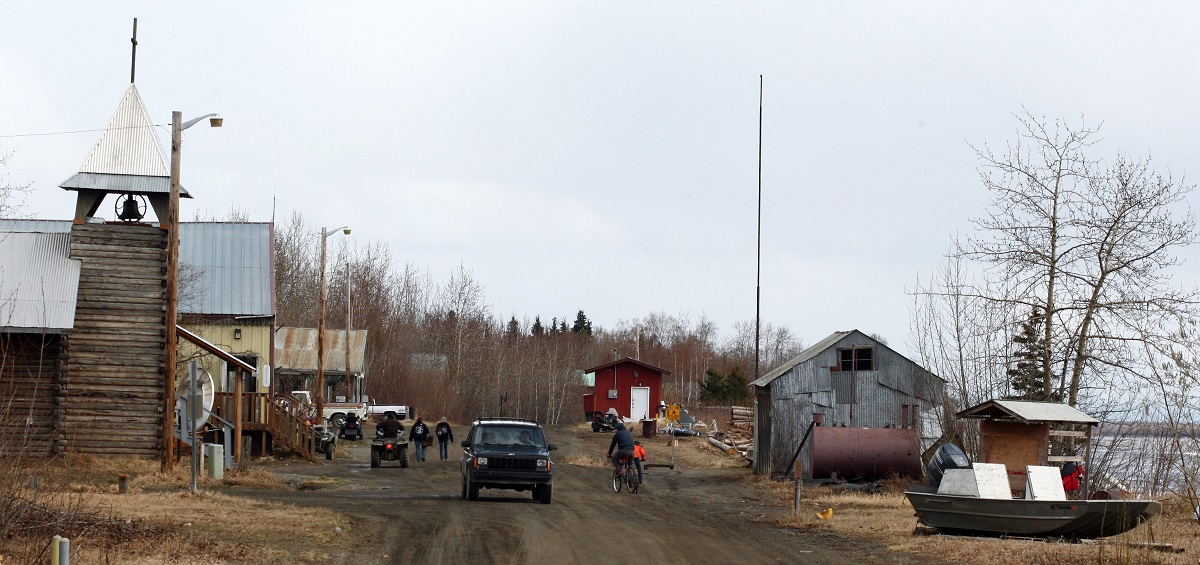3 Interior Alaska towns just had their warmest month on record

For the Interior Alaska towns of Bettles, Tanana and McGrath, July was the warmest calendar month ever recorded, the National Weather Service reported Tuesday.
Rick Thoman, climate science and services manager for the weather service in Alaska, said the towns didn’t record any sort of heat wave or unusually scorching temperatures in July but had persistently warm days and warm nights.
“Almost every day was warm, with no intrusions of cool air from the north,” he said. Typically, he said, “the cool days balance out the warm days.”
For Bettles, that translated to an average temperature of 64.4 degrees this July, compared to the typical 59.7 degrees. In Tanana, the average temperature was 65.8 degrees, compared to the usual 60.4 degrees. In McGrath, it was 63.7 degrees on average, nearly 4 degrees above what’s generally expected. Records date back to 1944 in Bettles, 1902 in Tanana and 1940 in McGrath.
Warm temperatures in the North Slope
At the northernmost point of Alaska, Utqiagvik also had its warmest July in nearly a century of climate observations there, the weather service said, but not its warmest calendar month on record. The average temperature was 46 degrees, about 5 degrees above normal.
“That’s a big departure,” Thoman said. “We can straightforwardly chalk that up to a very early loss of sea ice this year.”
Roughly 200 miles away, the Deadhorse Airport had five July days with highs in the 70s, the weather service said.
“That’s very unusual,” Thoman said. “The normal (number) is one.”
To varying degrees, he said, nearly the entire state, except for Southeast Alaska, was warmer than normal this July.
In Anchorage, the average July temperature hit 60.2 degrees, 1.4 degrees above normal, Thoman said.
“Contrary to what everyone in Anchorage thinks, it was warmer,” Thoman said.
While a 1.4-degree difference doesn’t sound like a lot, Thoman said given the typically narrow range of summer temperatures in Alaska, it “falls into the significantly above normal category.”
Related stories from around the North:
Canada: Canada’s science minister in North to observe climate change, Radio Canada International
Finland: Unusually cold month of July in Finland, The Independent Barents Observer
Greenland: Greenland earthquake and tsunami – hazards of melting ice?, blog by Irene Quaile, Deutsche Welle
Norway: As Arctic weather dramatically changes, world meteorologists take on more joint forecasting, The Independent Barents Observer
Russia: Putin says climate change might not be human made, The Independent Barents Observer
Sweden: Worst berry season in years expected in northern Sweden, Radio Sweden
United States: U.S. federal scientist says Arctic climate work cost him position, Alaska Public Radio Network



